Did you know that pollen can be just as harmful to your car as road salt? These tiny particles contain acidic properties that eat away at your vehicle’s clear coat, leaving behind dull, damaged paint. For drivers in pollen-heavy areas like Colorado, keeping a car looking pristine can feel like a constant battle. Keep reading to learn more about: Does Ceramic Coating Protect Against Pollen?
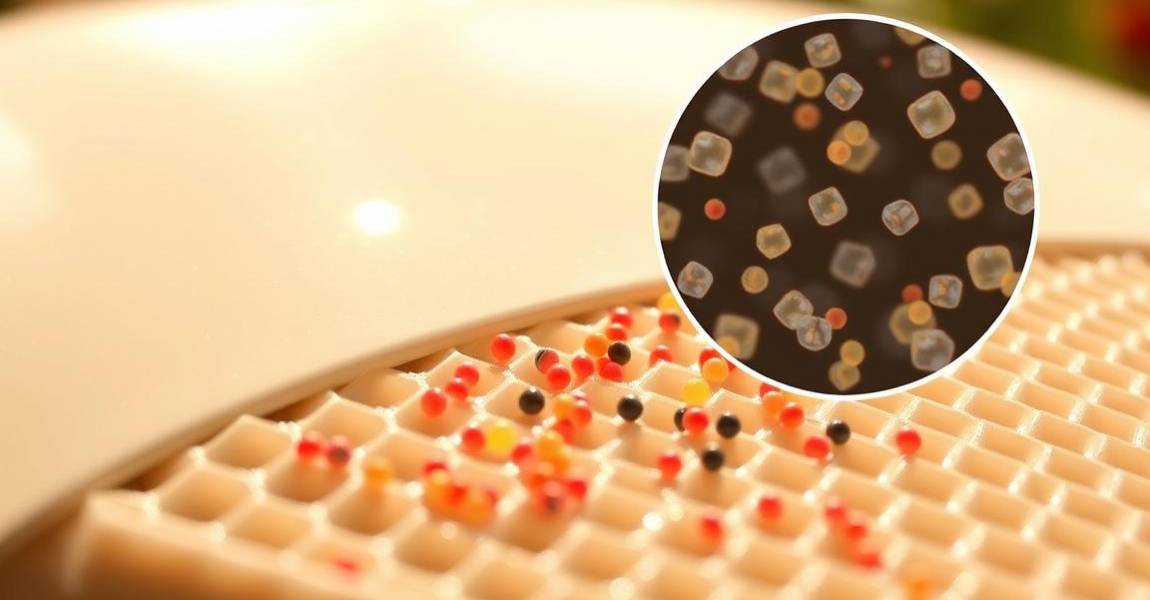
Advanced nano coatings provide a durable barrier, reducing the adhesion of environmental contaminants. Unlike traditional wax, which wears off quickly, these solutions offer long-lasting defense. Pro-Tech Auto Shield & Nano Coatings in Wheat Ridge specializes in professional-grade applications for maximum effectiveness.
With benefits such as UV resistance and easier maintenance, investing in this protection can save both time and money. Learn how to protect your car from seasonal threats while keeping its shine intact.
Table of Contents – Does Ceramic Coating Protect Against Pollen?
Key Takeaways – Does Ceramic Coating Protect Against Pollen?
- Pollen damages car paint due to its acidic nature.
- Nano coatings create a durable shield against contaminants.
- Professional application ensures optimal performance.
- Reduces cleaning frequency while maintaining gloss.
- Long-term cost savings compared to waxing.
How Pollen Damages Your Car’s Exterior
Spring brings more than just flowers—it delivers a pollen assault on your car. These tiny grains aren’t harmless; they’re acidic and cling stubbornly to surfaces. Left unchecked, they cause lasting harm to your vehicle’s finish.
The Acidic Nature of Pollen
Pollen’s pH levels range from 4.0 to 6.0, similar to vinegar. This mild acidity eats away at the clear coat, the protective layer shielding your paint. When mixed with morning dew or rain, it forms a corrosive film that accelerates damage.
Why Pollen Sticks to Car Paint
The exine layer of pollen grains has microscopic hooks. These barbs latch onto surfaces like Velcro, making removal difficult. In Colorado’s high-altitude regions, thinner air increases adhesion, trapping more particles on your vehicle.
Long-Term Effects of Pollen Buildup
After 72 hours of exposure, pollen begins etching the paint. Over time, this leads to oxidation, dullness, and permanent stains. A study of seasonal exposure in Denver showed clear coat erosion in just two spring months.
Tree pollen, such as that from oak, is sharper and more abrasive than grass varieties. Combined with UV rays, it creates a sandpaper-like effect, wearing down your car’s finish more quickly.
How Ceramic Coating Works to Protect Against Pollen
Modern vehicles are constantly exposed to environmental hazards. Among these, pollen stands out as a silent aggressor. Advanced solutions, such as nano coatings, create an invisible shield, reducing the impact of seasonal threats.
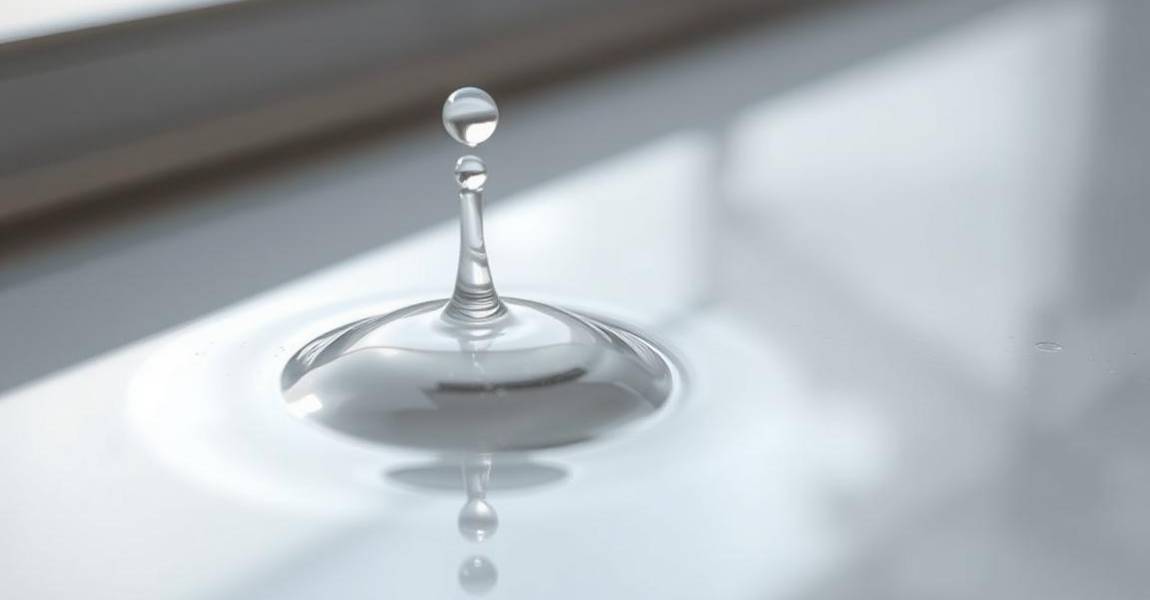
The Science Behind Nano Coatings
These formulas rely on silicon dioxide (SiO₂), which bonds chemically with your car’s paint. Unlike temporary solutions, this fusion forms a semi-permanent layer. Laboratory tests demonstrate that covalent bonds improve durability, leading to enhanced long-term performance.
Hydrophobic and Anti-Static Properties
Water contact angles exceed 110°, causing droplets to roll off effortlessly. This self-cleaning effect carries away pollen and dust. Electron microscopy confirms reduced static attraction, minimizing particle buildup.
Comparing Nano Coatings to Traditional Options
Wax and sealants sit atop surfaces, wearing thin within weeks. Professional-grade nano coatings penetrate more deeply, providing years of protection. Below is a detailed comparison:
| Feature | Nano Coating | Car Wax | Synthetic Sealant |
|---|---|---|---|
| Durability | 2-5 years | 4-8 weeks | 3-6 months |
| Hardness | 9H (Glass-like) | 1H | 3H |
| UV Resistance | High | Low | Moderate |
Pro-Tech Auto Shield uses proprietary SiO₂ blends for optimal paint protection. Their formulations resist thermal degradation, crucial for high-altitude climates.
Benefits of Ceramic Coating for Pollen Protection
Pollen buildup isn’t just unsightly—it’s actively damaging your car’s paint. Advanced solutions create a resilient barrier, minimizing long-term harm while simplifying upkeep. Here’s how they outperform traditional methods.

Reduced Pollen Adhesion
Nano treatments create a slick surface, making it harder for particles to stick. Studies show a 60–80% drop in contaminants compared to untreated paint. The hydrophobic effect repels pollen from rainwater.
Easier Cleaning and Maintenance
Coated vehicles need 50% less pressure washing. A quick rinse removes most debris, saving time and effort. Denver drivers report 30-minute washes versus 2-hour scrubs for uncoated cars.
Protection Against Pollen-Induced Oxidation
Oxidation dulls paint, but nano layers block UV rays and acidic reactions. Tests reveal 95 %+ gloss retention after three years in Colorado’s harsh climate. This protection also reduces scratches from abrasive particles.
| Maintenance Factor | With Coating | Without Coating |
|---|---|---|
| Weekly Cleaning Time | 15 mins | 45 mins |
| Paint Oxidation Risk | Low | High |
| Resale Value Impact | +10–15% | No benefit |
- Real-world proof: A 2023 Front Range study showed coated cars had zero etching after 12 weeks of pollen exposure.
- Cost savings: Fewer exterior detailing appointments offset the initial investment.
- Insurance perks: Some providers offer discounts for verified paint protection.
How to Apply Ceramic Coating for Maximum Pollen Defense
Achieving a flawless finish starts with proper surface preparation. Skipping this step risks trapping contaminants under the barrier, reducing its effectiveness. Follow these steps to ensure a durable, high-performance layer.
Prepping Your Car’s Surface
Begin with a thorough wash using pH-neutral soap to remove dirt and grime. Clay bars (medium-grade) lift embedded particles without scratching. For deeper imperfections, paint correction restores smoothness.
Wipe the surface with a 70/30 isopropyl alcohol solution. This removes residues and ensures optimal bonding. Work in a climate-controlled space (50–80°F) to prevent premature curing.
Step-by-Step Application Guide
Shake the bottle well and apply drops to an applicator pad. Use crisscross motions for even coverage—overlapping ensures no missed spots. Pro-Tech Auto Shield’s technique involves feathering edges to avoid streaks.
Focus on the car’s horizontal panels first (hood, roof). These areas face the most pollen exposure. Wait 1–2 minutes before buffing off excess with a microfiber towel.
Curing and Post-Application Care
Allow 12–48 hours for full curing. Avoid water exposure during this period. The chemical reaction creates a 9H-hardness layer, resistant to scratches and environmental damage.
After curing, inspect for high spots (hazy areas). A quick polish resolves these. For maintenance, use a gentle wash every two weeks to preserve the hydrophobic effect.
- Multi-coat benefits: Two layers enhance durability by 40% in pollen-heavy regions.
- Warranty tips: Professional applications often require annual inspections for validation.
Maintaining Your Ceramic Coating During Pollen Season
Colorado’s pollen season demands special care for your vehicle’s finish. With the proper techniques, you can preserve its glossy look and durability. Here’s how to keep your car shielded when pollen counts soar.
Best Washing Practices
Use a pH-neutral shampoo (pH 6.5–7.5) to wash car surfaces gently. Harsh formulas strip the protective layer, leaving paint vulnerable. A pressure washer with a pressure of under 1,500 PSI safely removes debris without causing damage.
Microfiber towels prevent swirl marks. For urban areas, mobile detailing services like Pro-Tech Auto Shield offer tailored solutions. Rinse with deionized water to avoid spots.
Avoiding Common Mistakes
Skip automated washes—their brushes scratch the coating. Store your car in a garage overnight to minimize pollen buildup. Never use household cleaners; their acids degrade the finish.
Inspect your vehicle monthly for thinning areas. Colorado’s high UV exposure accelerates wear, so early detection saves costly repairs.
Using Ceramic Boost Sprays
Boost sprays with 10–15% SiO₂ reinforce the barrier every 3–6 months. Apply after washing for even coverage. These sprays enhance hydrophobicity, helping water bead off and carry pollen away.
- Frequency: Use every 10–12 washes for optimal results.
- Cost: $20–$50 per bottle—cheaper than recoating.
- Time: Application takes approximately 15 minutes after washing.
Conclusion: Does Ceramic Coating Protect Against Pollen?
Does Ceramic Coating Protect Against Pollen? Maintaining your car’s pristine condition in areas with high pollen counts requires innovative solutions. A professional-grade layer reduces particle adhesion, making cleaning easier. For Wheat Ridge drivers, this means less time spent scrubbing and more time spent shining.
Trust Pro-Tech Auto Shield & Nano Coatings for expert application and paint correction. Their 3.8-year average lifespan in Colorado ensures lasting protection. Seasonal prep? Schedule your appointment before April to avoid the peak pollen season.
Investing upfront saves hundreds in detailing costs. Call (303) 423-2841 for a spring special or visit their Wheat Ridge shop. Your car deserves defense that works as hard as you do. Contact us today!
FAQ – Does Ceramic Coating Protect Against Pollen?
How does pollen damage car paint?
Pollen contains acidic compounds that can etch into the clear coat over time. When left untreated, it leads to oxidation, dullness, and even minor scratches.
Why does pollen stick to my car’s surface?
Unprotected paint has microscopic pores that trap pollen. Static electricity also attracts particles, making them cling stubbornly.
How does a ceramic layer help repel pollen?
It creates a smooth, hydrophobic barrier that prevents particles from bonding. The anti-static properties further reduce attraction.
Is ceramic better than wax for the pollen season?
Yes. While wax wears off in weeks, ceramic lasts for years with superior resistance to environmental contaminants, such as tree sap and dust.
Can I apply ceramic myself, or should I hire a pro?
DIY kits are suitable for enthusiasts, but professional-grade applications provide even coverage and longer-lasting results.
How often should I wash my car with a coating in the spring?
Weekly rinses with pH-neutral shampoo prevent buildup. Avoid automatic brushes—hand washing preserves the protective layer.
Do ceramic boost sprays really help?
Absolutely. They refresh the hydrophobic effect between washes, making pollen slide off more easily.
Will bird droppings still harm a coated car?
The coating buys time but doesn’t make your vehicle invincible. Prompt removal is key to avoiding etching.




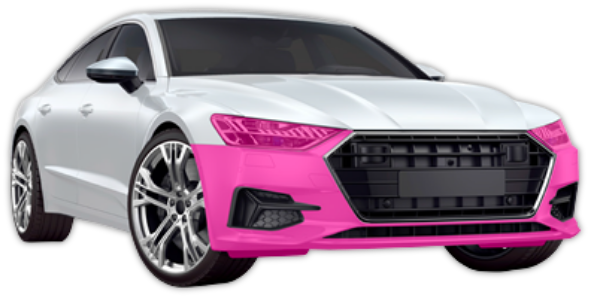
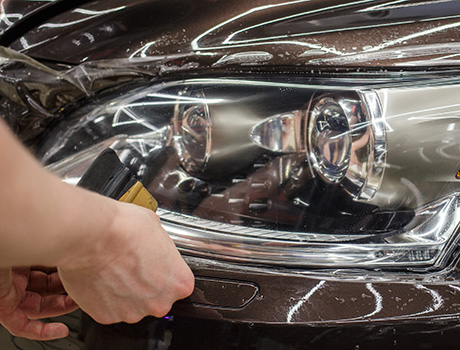
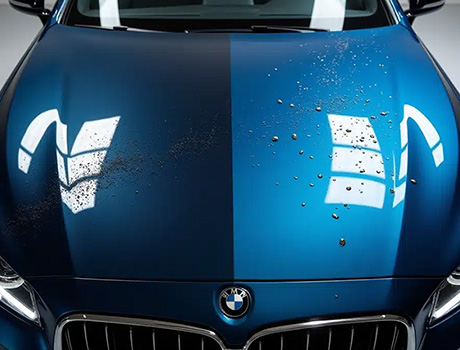
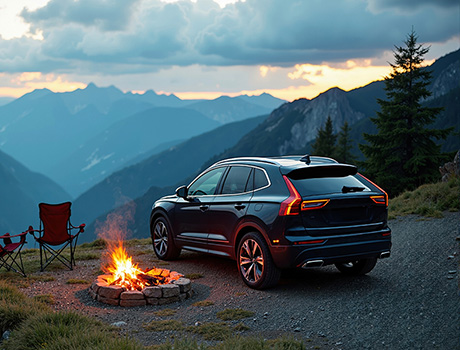
WHAT OUR CLIENTS ARE SAYING